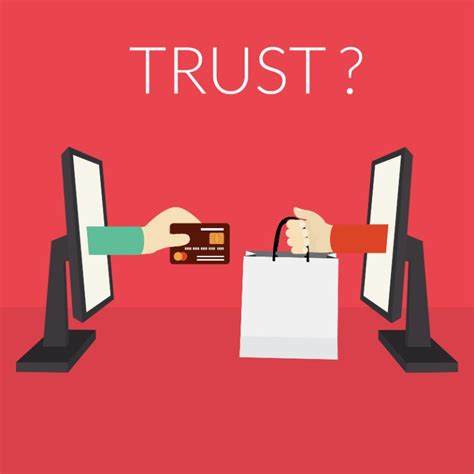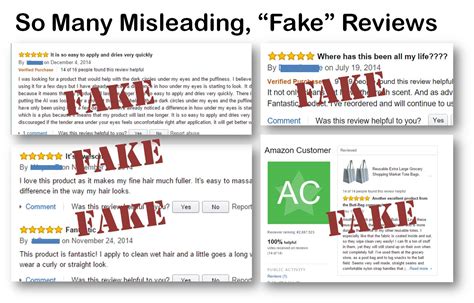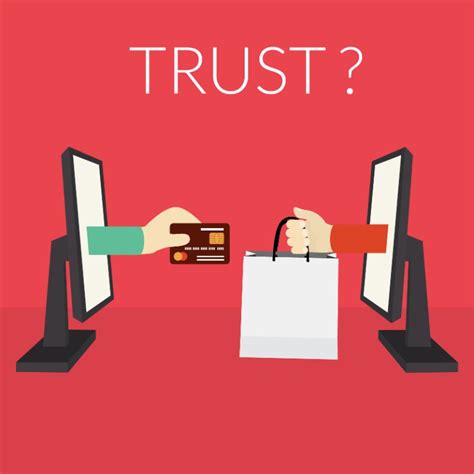How to Avoid Scams When Shopping Online
1. Identifying Legitimate Online Retailers
Shopping online offers convenience but also comes with risks of encountering scams. One of the most important steps to avoid fraud is identifying legitimate retailers. Here are a few tips to help you distinguish real businesses from scams:
- Look for verified contact information, such as a physical address and phone number.
- Check for an SSL certificate, indicated by a padlock symbol in the URL bar.
- Read online reviews on third-party sites like Trustpilot or the Better Business Bureau (BBB).

2. Recognizing Phishing Scams
Phishing scams are attempts to trick you into providing personal information by pretending to be a reputable company. Here’s how to spot phishing attempts:
- Check Email Sender: Look for inconsistencies in the sender’s email address.
- Examine Links: Hover over links to check if they lead to the official website.
- Avoid Clicking on Attachments: Attachments can contain malware, so be cautious.

3. Avoiding Fake Discounts and Deals
Scammers often create fake discounts and deals to lure in unsuspecting buyers. Here are some ways to identify genuine deals:
| Scam Indicator | Explanation |
|---|---|
| Too-Good-To-Be-True Prices | If the deal seems far below the standard price, be cautious. |
| Time Pressure | Scam sites often create a sense of urgency to rush you into buying. |

4. Secure Payment Methods
Using secure payment methods is crucial to protect your financial information. Here’s a breakdown of secure vs. insecure payment methods:
- Credit Cards: Offer protection through chargebacks if you’re scammed.
- PayPal or Escrow Services: Adds an additional layer of security.
- Avoid Wire Transfers and Prepaid Gift Cards: These methods are difficult to trace and recover.
5. Recognizing Fake Product Reviews
Fake reviews are common in online scams. Here’s how to identify them:
- Generic Language: Reviews with very general language and no specifics are red flags.
- All-Positive Reviews: A mix of positive and critical reviews is more realistic.
- Time Patterns: A sudden influx of positive reviews may indicate fake ones.

6. Securing Personal Information
Keeping personal information secure is essential. Use these methods to enhance your data security:
- Enable two-factor authentication on shopping platforms.
- Use strong, unique passwords for each account.
- Review privacy policies before sharing sensitive information.
7. Avoiding Impulse Purchases
Impulse purchases, driven by scarcity tactics, can lead to scams. Follow these tips:
- Set a budget and prioritize necessary purchases.
- Use browser extensions to track price history and trends.
- Sleep on major purchases to reduce impulse decisions.
8. Checking Return and Refund Policies
Reliable websites should have clear return and refund policies. Here’s what to look for:
- Return Policy Details: Ensure the policy specifies timeframes and conditions.
- Contact Information: Check for direct customer service contact.
9. Recognizing Scams on Social Media
Social media scams are prevalent, and users need to remain vigilant. Common scam signs include:
- Unverified Accounts: Trust only verified brand accounts for shopping links.
- Unsolicited Messages: Avoid clicking on random links sent through DMs.
10. Staying Updated on Common Online Scams
Staying informed about current online scams is an effective prevention strategy. Useful resources include:
- Government websites like the FTC.
- Security blogs from trusted sources.
FAQ
- What are the safest ways to pay online?
- How do I know if an online store is legitimate?
- What should I do if I fall for a scam?
- How do I recognize phishing emails?
- Are all online deals genuine?
- What should I check in a return policy?
- Why are secure passwords important?


